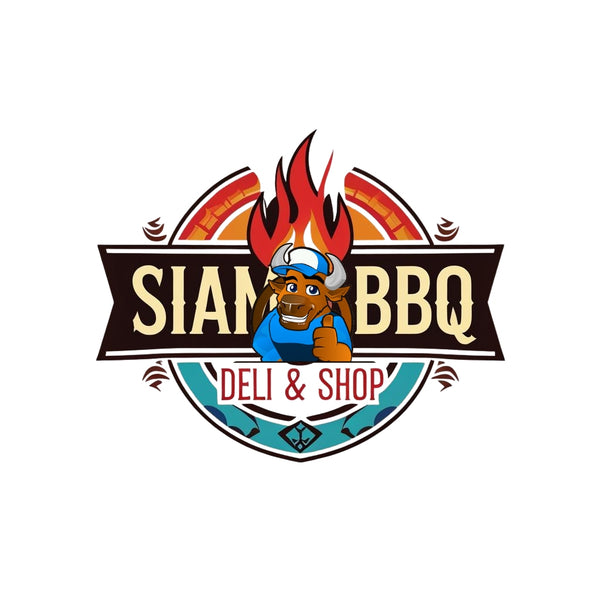
What is the Key Difference Between Biltong and Jerky
Share
Biltong and beef jerky are both dried beef snacks, full of protein and great a great snack for all occasion But there are a difference.
Beef jerky is sliced, marinated with spices and flavorings, then cooked with heat. The difference in process makes Biltong softer, saltier, and thinner than beef jerky which tends to be drier, smokier, and chewier.
What is Biltong?
Biltong is a form of dried, cured meat that originated in the Southern African countries and various types of meat are used to produce it, ranging from beef to wild life meats such as ostrich or springbok. It is related to beef jerky in that they are both spiced, dried meats; however, the typical ingredients, taste and production processes may differ. Biltong is cured in vinegar, coriander, pepper and salt and there after air-dried.
What is Jerky?
Jerky is lean trimmed meat sliced, marinated with spices and flavorings, then cooked. The word "jerky" derives from the Quechua word ch'arki which means "dried, salted meat". All that is needed to produce basic "jerky" is a low-temperature drying method, and salt to inhibit bacterial growth.
- Ingredients:
Both meat snacks utilize a blend of savory spices to generate robust flavor. Biltong, however, relies heavily on vinegar as a method of preservation. The meat is cured by an extended soaking period in a bath of vinegar and other spices.
Biltong also uses little to not sugar, where some beef jerky options use significant sugar.
- Taste:
Because of the use of vinegar and little to no sugar, biltong tends to have a savory and vinegary taste versus beef jerky which can have a savory and slightly sweet taste. Both have a meat-forward flavor profile.
- Production:
Biltong is prepared with a lack of heat. Where beef jerky is slow-cooked at low temperatures to dehydrate and cook the meat, biltong is air dried. To make biltong, large chunks of meat, typically silverside or topside cuts, are air dried for up to a week and then trimmed to the desired texture.
- Texture:
Beef jerky is commonly sliced into strips before the cooking and drying process. Biltong is air dried as a whole piece and then sliced into bite-sized pieces. Due to the drying and slicing process, most biltong is softer and fluffier in texture whereas beef jerky has more of a steak-like chew.
Why is Biltong healthier for you than beef jerky?
Biltong is very similar to beef jerky when it comes to nutritional content. Both are nutrient dense, low in calories, high in protein, and high in sodium.
One major difference is sugar.
Biltong is made without any added sugar, whereas some jerky brands use lots of sugar in their marinade. This generally means that Biltong is a healthier option. When Biltong is compared to sugar-free beef jerky, however, the two are very similar.
Conclusions
People are snacking more than ever.
People are also hungry for new and innovative snacks that bring a diversity of flavors to the table. This is one of the reasons that many new and interesting snack products have entered the market.
Gone are the days however of low-quality, unhealthy, and flavorless snacks. Today's consumers want wholesome and tasty options. Snacking is one of the main reasons beef jerky has experienced a renaissance in recent years. Jerky delivers on the key attributes of a perfect snack - portable, high in protein, and tasty! If you are not convince head over to https://www.siambbqcompany.com/products/biltong-beef-slices to try out and let us know what do you think
